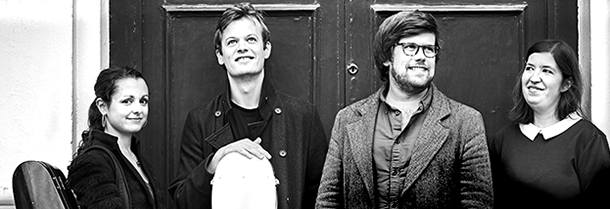Tag: Op. 121
-

PROGRAM NOTES: CASTALIAN STRING QUARTET
Franz Joseph Haydn String Quartet in D, Op. 76 No. 5 Having recently returned from his hugely successful visits to England and been liberated from financial woes, Haydn composed a set of six String Quartets, Op. 76 which were commissioned by Hungarian Count, Joseph Erdödy in 1797. Deviating from more traditional forms and establishing a…

